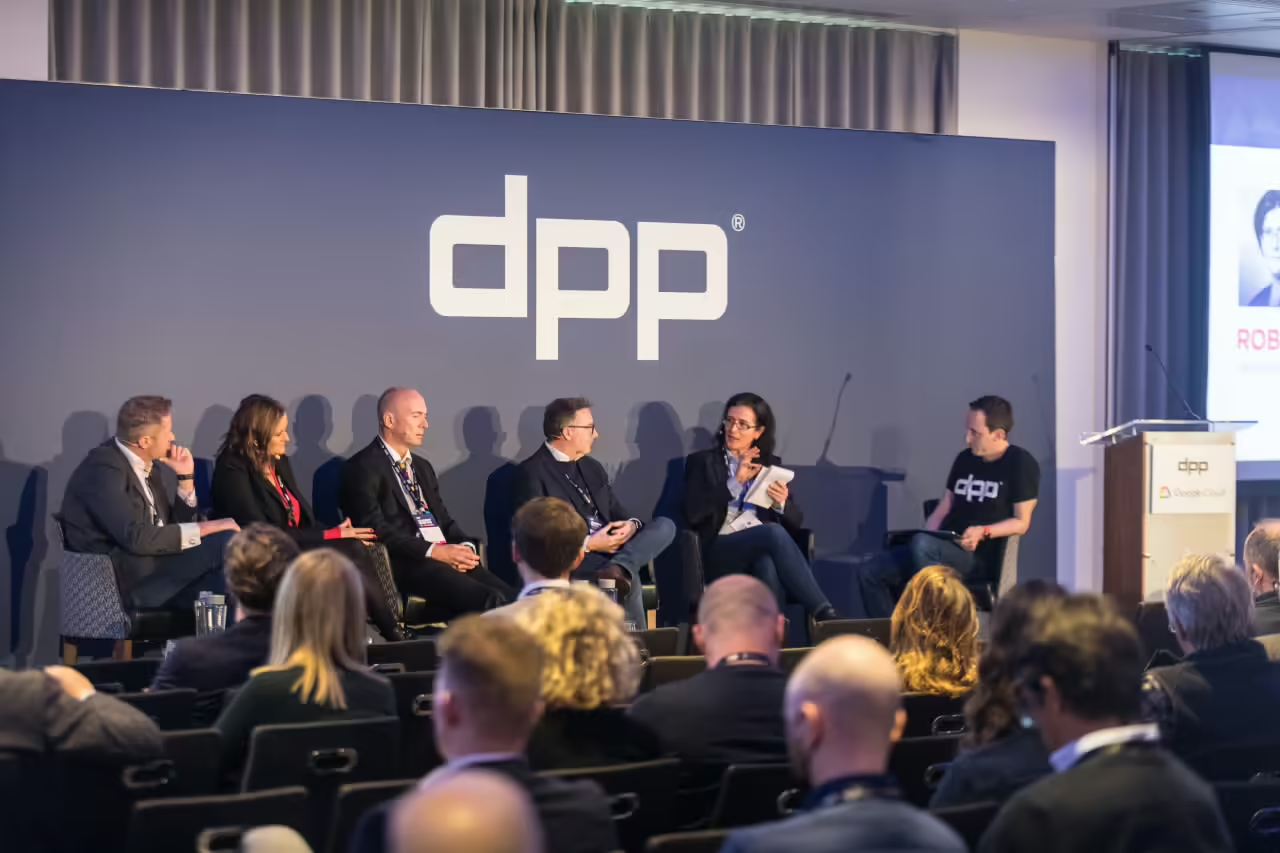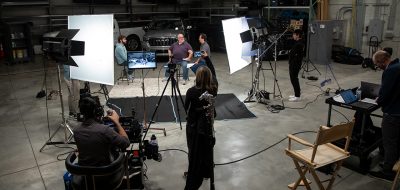Roberta Cambio, Brightcove Sales Director, at the 2021 DPP Leaders’ Briefing
People–whether in the form of workforce, talent, culture, or skills–are at the heart of every media company. Julie Mitchelmore, Vice President of Digital at A+E Networks EMEA, noted at the 2021 DPP Leaders’ Briefing that people deliver the technical, revenue, or operational changes, not the other way round.
The Leaders’ Briefing, an annual event where media companies discuss industry trends and projections, was attended by several senior leaders who stated that the greatest challenges at their companies revolved around people, not technology. Broadcast leaders today are challenged to develop and retain the talent needed to build services that keep pace with audiences.
MOVE FAST AND MAKE THINGS
Media companies need to move faster than ever before. They’re faced with rapidly changing audiences, aggressive competition for eyeballs, and complex workflows. If we take into account the occurrence of a black swan like a global pandemic, services need to adapt in months, not years. To help meet this need for speed, development teams have switched from waterfall to Agile methodologies, allowing for continuous delivery rather than longer projects subject to obsolescence before completion.
Gartner Research noted the methodology trend in a 2018 Gartner survey: “Some organizations may shift to a product management-based approach for digital innovations because it allows for multiple iterations.” A year later, another Gartner report continued: “To succeed in digital transformation, large enterprises, especially, need to reorganize themselves into a product-based structure, which is cross-functional and organized around customer problems.”
Transitioning to cross-functional teams is a major mindshift that breaks down silos between departments and turns functional teams into product teams. In fact, many European broadcasters like Sky UK, A+E Networks EMEA, and the Norwegian Broadcasting Corporation (NRK) are already shifting to product-led teams focused on short term milestones with weekly and monthly check-ups.
At a time when long term planning is hindered by an unpredictable future, this is a very viable model. Building one step at a time allows for quicker reaction times to unforeseen changes.
KEEP MATRIX TEAMS AND SKILL SETS
Companies are more successful when their staff know the culture of the company and the team they’re in, and this means retaining people and fostering communication between different departments.
For example, NRK cross-pollinates skills and experience by taking advantage of their multi-generational team. More seasoned team members share their experiences with newer team members. Inclusion and diversity matter a lot in the workplace, so it’s important to capitalize on the entire team’s experience, no matter what stage of their career they’re in.
THE SKILL SETS FOR SUCCESS
According to the Technology Leaders Agenda 2021 survey, “data initiatives, innovations and skills look set to define the agenda for technology leaders for the foreseeable future.” In fact, “data integration and infrastructure initiatives are the top technology priority for the year, cited by 68% of respondents.” Good metadata is fuel for the automation engine media companies are building within their infrastructure to inform their business decisions and power their operations. But challenges often arise due to different types of metadata from different systems and vendors, inconsistent, inaccurate, or incomplete metadata, not to mention the need for good metadata interfaces.
Having staff with the skills to interrogate the right metadata enables a company to understand their customers and their behaviors and tailor its products accordingly. At a time when the death of third party cookies challenges user tracking, a metadata-driven omni-channel approach is needed to offer a unified customer experience.
For example, RTL Nederland, a Dutch media network, has reduced their digital extensions from 50 to 4, which is particularly relevant in a country like the Netherlands which has the highest density of SVOD services. This reduction in complexity has enabled them to build a 360-degree view of their users, which maximizes the value back to the user as well as advertisers and ultimately RTL.




